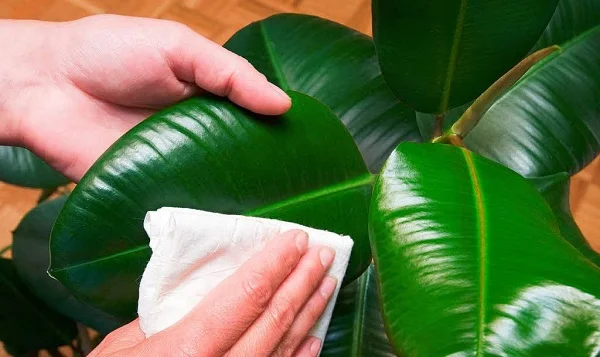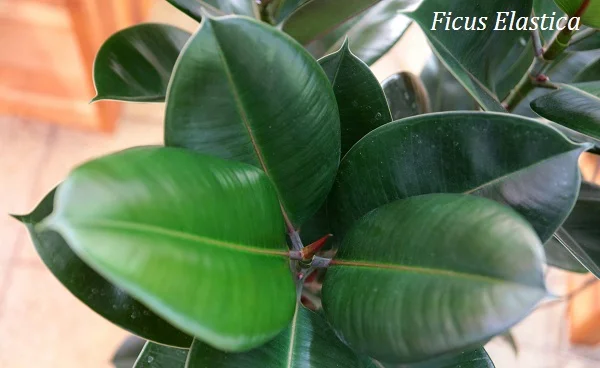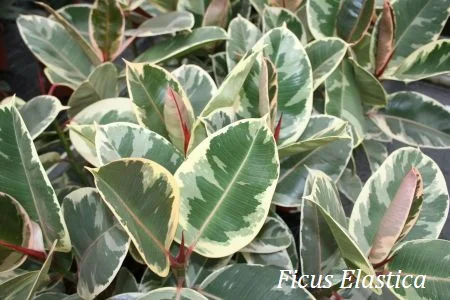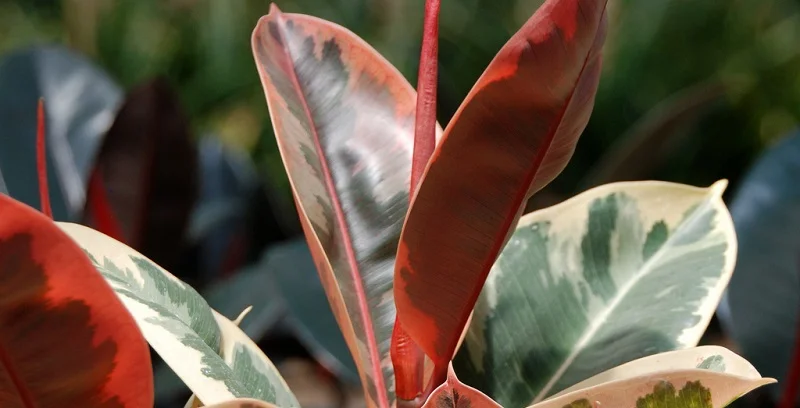Ficus is an evergreen and deciduous plant from the mulberry family. Ficus leaves are wide and oval, large or small, mostly glossy, although they are also matte. In the natural environment, ficuses grow in countries with a subtropical and temperate climate. Ficus grows in Australia, America, Africa, Asia. Ficus is one of the most popular indoor plants, which includes more than 800 species of trees, shrubs and even vines. The sizes of the varieties of ficus are simply impressive: there are dwarf plants from 10 cm in height, and some representatives of this species reach huge sizes. In the natural environment, you can find ficus inflorescences – simony. This flower is unique in its structure – only after breaking the inflorescence, you can see a ficus flower.
The flowers differ from each other: the male flower consists of stamens, the female flower consists of short pistils. Indoor plants practically do not bloom.

How to care for ficus
Ficus is one of the most popular indoor plants because it does not require special care. Winter gardens are decorated with ficuses, they look good in the interior of apartments and offices.
Brightness of light for ficus
The light for ficus should be bright enough, but not direct sunlight – diffused. Windows facing east or west are best suited, although the plant feels great in conditions of slight shade. When placing the pot on the window, you should remember that ficus does not tolerate drafts.

Air temperature for ficus
The comfortable air temperature for ficus is 22-25 degrees Celsius, in winter – about 12-15 degrees, but wintering in room temperature will not cause inconvenience to the plant either.
Watering and air humidity for ficus
During the period of active growth, ficuses need a lot of water. From spring to autumn, plants should be watered regularly, but the soil should not be constantly wet (the roots will rot). At the beginning of September, watering is gradually reduced, and in winter it is enough to water once every ten days. Air humidity for ficuses should be moderate.
Spray with water at room temperature. In order for the ficus to absorb the moisture it needs, the leaves must be washed with warm water.
Soil and ficus transplant
Young plants are transplanted annually in the spring, after the plant reaches 4-5 years of age, it can be transplanted once every two years, but if the ficus is in a too large pot and it is extremely difficult to transplant it, then we replace the top layer of the earth by about 5 cm (throw out the old one, fill in the new one). The soil mixture for transplanting is used in the ratio of 2 parts of sand to 1 part of peat and 1 part of compost.
When to feed ficus
Ficuses are fed during the period of active growth, from spring to early autumn – once every two weeks. Complex mineral fertilizers are used for leafy plants, and organic fertilizers such as compost tea, compost, ash, chicken and cow dung.

How to cut ficus
Pruning the ficus will help form the crown of the ficus, as well as stop the uphill growth and increase the branching of the plant. The branches of the plant are cut every 2-3 years, when the ficus reaches the desired height.
An incision is made diagonally on the trunk, and the branches are cut straight. In order not to introduce diseases into the ficus, before pruning, the tool must be disinfected. When cut, the ficus secretes milky juice, which must be removed with a napkin or cotton wool soaked in warm water, without pressing it to the branch, but simply wet it.
After 3 weeks, feed the plant with mineral fertilizers, this stimulates its growth.

Propagation of ficus
Ficuses are propagated by seeds, cuttings and aerial layering.
Pests and diseases
If you do not properly care for ficus, the plant will become weak and vulnerable to pests such as dropsy, scale and spider mite.

